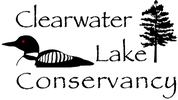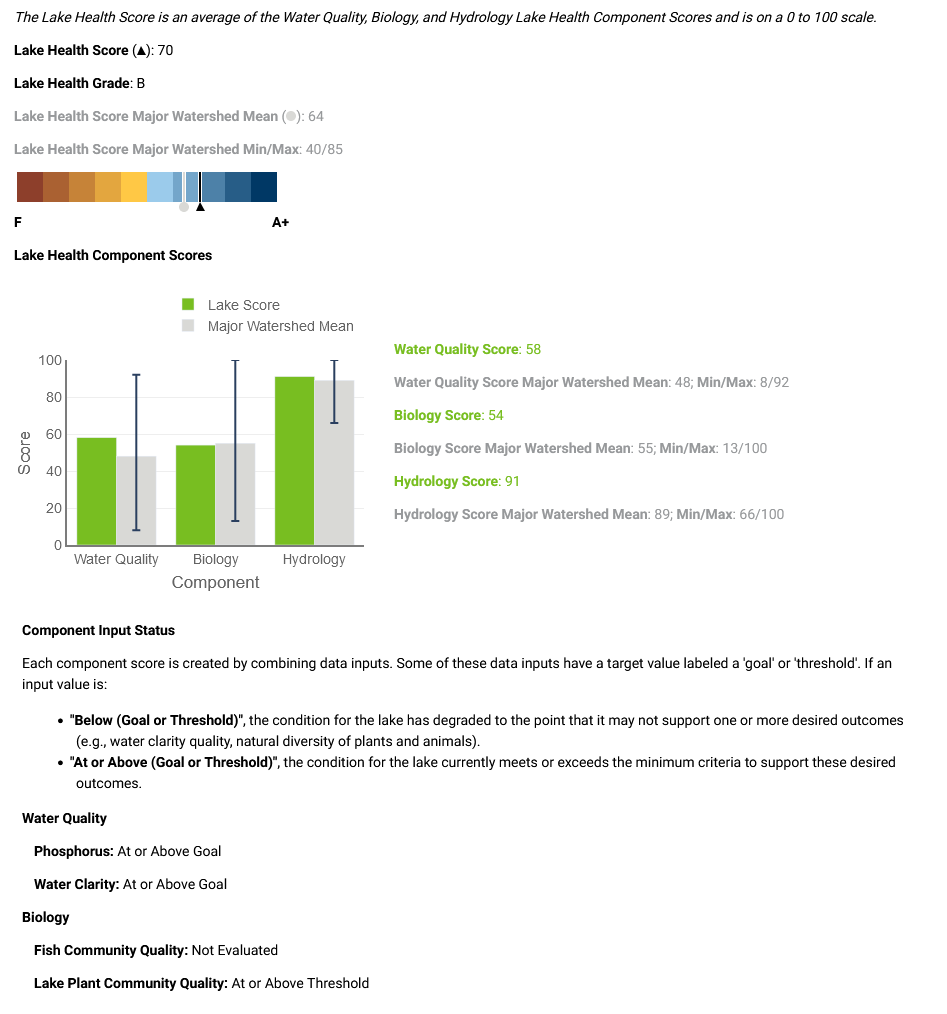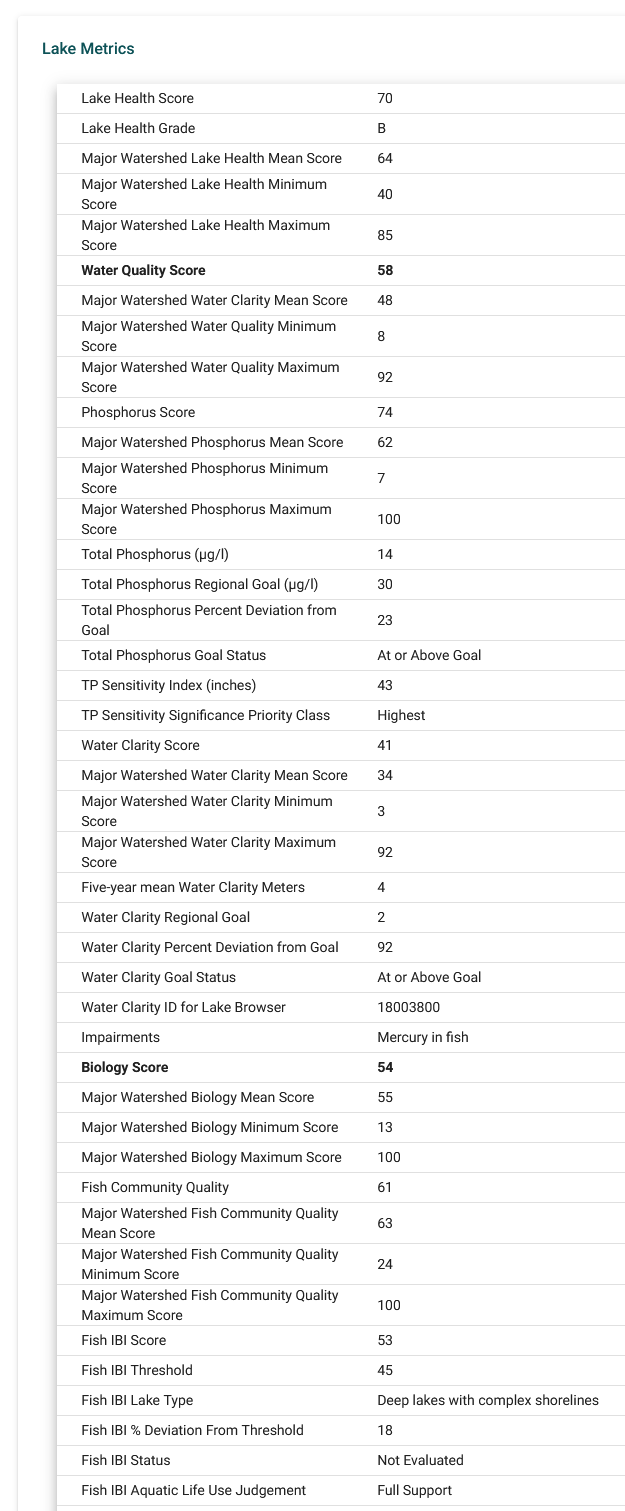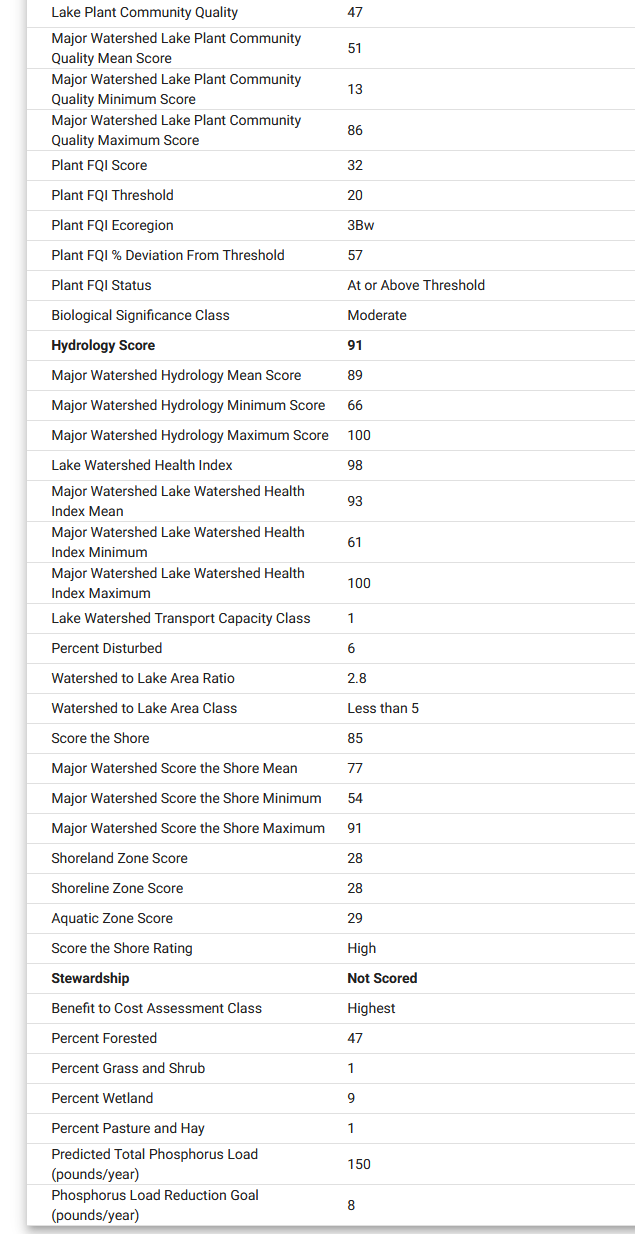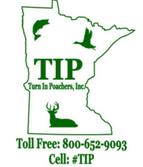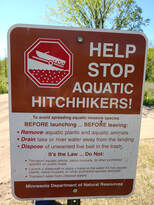Clearwater Lake Health
There is a lot that goes into determining a lakes health. There are also a many points of view on the most important aspects of a lake's health. The Clearwater Lake Conservancy's goal is to find a balance between what is best for the lake and what is best for the general membership.
Crow Wing County has a very good report on the condition of our lake. The report is a little old, it is from 2011 but is has a lot of information in it. See the county report here: Clearwater Lake Water Quality. Water quality data have been collected on Clearwater Lake since 1979 These data show that the lake is mesotrophic, which is characteristic of moderately clear water throughout the summer and excellent recreational opportunities. Our lake has received an excellent TSI rating for 2021. See the Tropic State Index page for a breakdown of our numbers.
Clearwater lake does have 4 invasive species (3 aquatic / 1 land). See the Invasive Species for more details.
Clearwater Lake does have a Mercury Restriction warning from the State of MN DNR. See Mercury page for more details.
On the positive side, we do not have Zebra Mussels, Spiney Water Flea or Veligers. With Mille Lacs so close and infected with all of these invasive, we have been lucky so far. With the walleye fishing changes and the increase in bass tournaments on Mille Lacs and Clearwater we need to stay vigilant to protect our lake.
There was concern that the native vegetation was in decline in 2017. The Clearwater Lake Conservancy board has been actively trying to quantify, track and determine the cause of this issue.
The good news - vegetation does not appear to be in decline at this time, we may even be improving slightly. The 2021 aquatic vegetation survey was compared to the 2018 baseline survey and the results all positive. See the comparison here 2018 / 2021 Aquatic Survey The conclusion is that Clearwater Lake is a very healthy lake. For a detailed analysis by the MN DNR see this web site.
Watershed Health Assessment - Clearwater Lake. There is a lot of very interesting numbers in this report with detailed explanations of what they mean. Hear is a quick summary for Clearwater Lake. I could not find a date associated with this report. |
